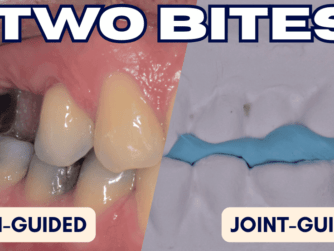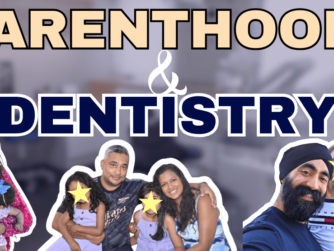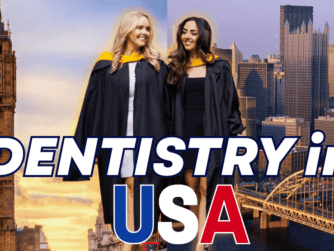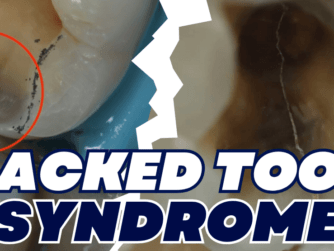Podcast: Play in new window | Download (Duration: 40:11 — 58.4MB)
‘Easy Dentistry on Difficult Patients is still Difficult’ – Dr Lincoln Harris
Patients with small mouth opening can be a huge pain in the back for Dentists – but did you know there are ways we can significantly improve their mouth opening through physiotherapy?
In this episode I’m joined by Dr. Tzvika Greenbaum, a specialist TMJ physiotherapist who’s here to spill the beans on his journey from headaches to jawaches. We bring to light the jaw-dropping collaboration between dentists and physiotherapists, making dental treatment easier for both you and your patients.
Need to Read it? Check out the Full Episode Transcript below!
Highlights of the episode:
00:00 Intro
01:02 Dr. Tzvika Greenbaum
03:39 Dentistry meets physiotherapy
09:33 Range of movement
10:23 Asymmetry
11:20 Prevention
12:20 Advice to dentists
14:34 Stretching
16:17 The dental gym
16:57 Sleep bruxists vs. awake bruxists
19:28 Reducing sleep bruxism
20:52 Obstructive sleep apnoea
22:03 Statistics and diagnostic criteria
25:16 At-home exercises
27:20 Pain and discomfort
28:39 Rehabilitation
30:14 When to involve a physiotherapist
31:12 Expected results
32:21 Screening
34:15 Dr. Greenbaum’s event
39:04 Outro
Dr. Greenbaum’s upcoming course: protrusive.co.uk/greenbaum
If you liked this episode, you will also like 3 Simple TMD Exercises
Did you know? You can get CPD from the Web App or Phone App and watch premium clinical videos, for less than a tax deductible Nando’s per month?







